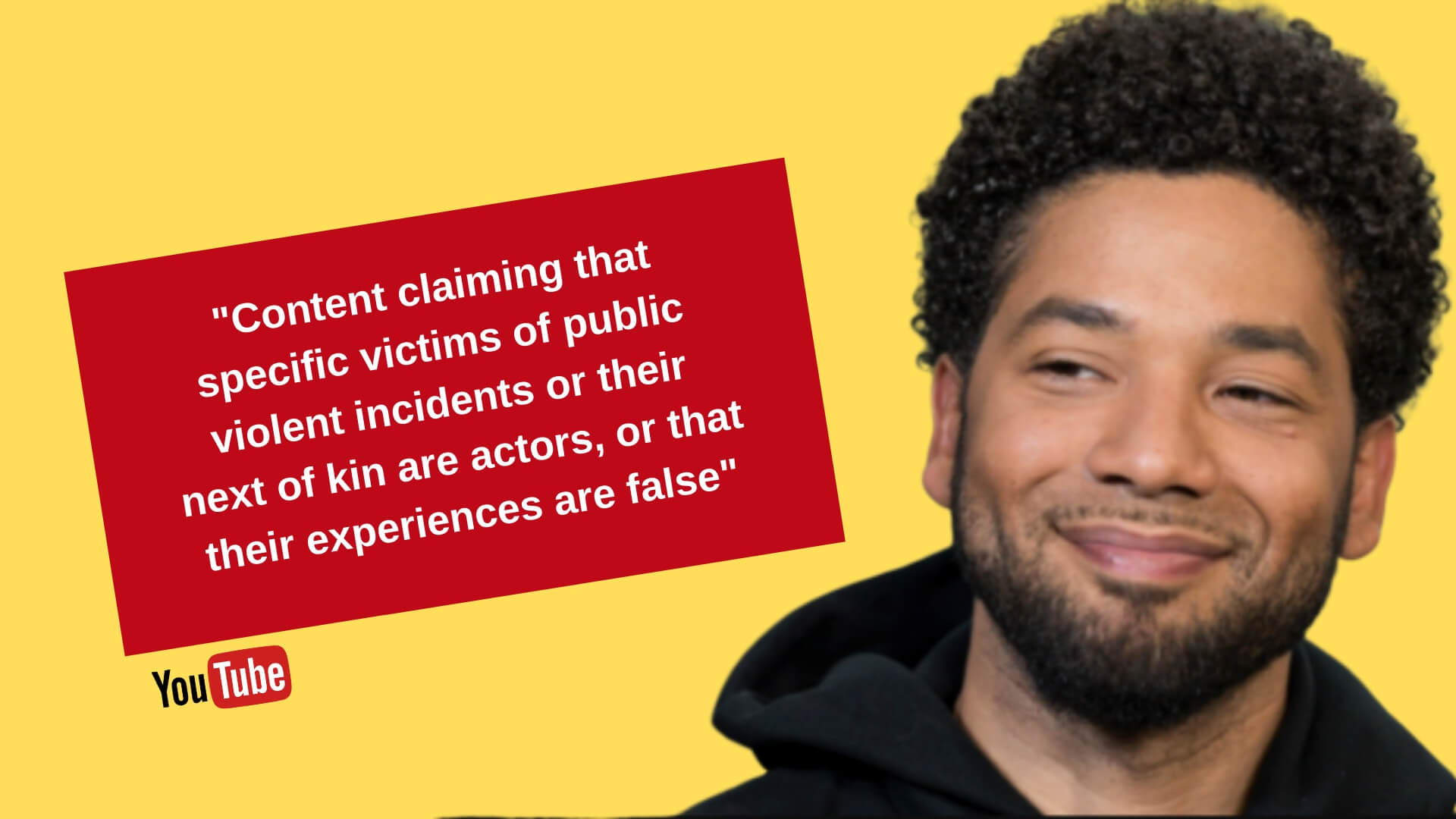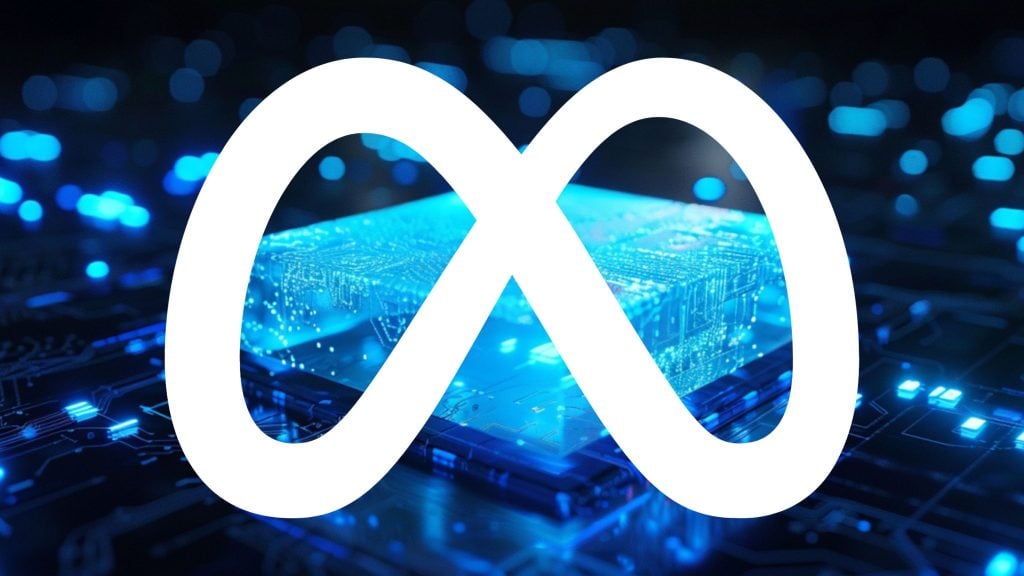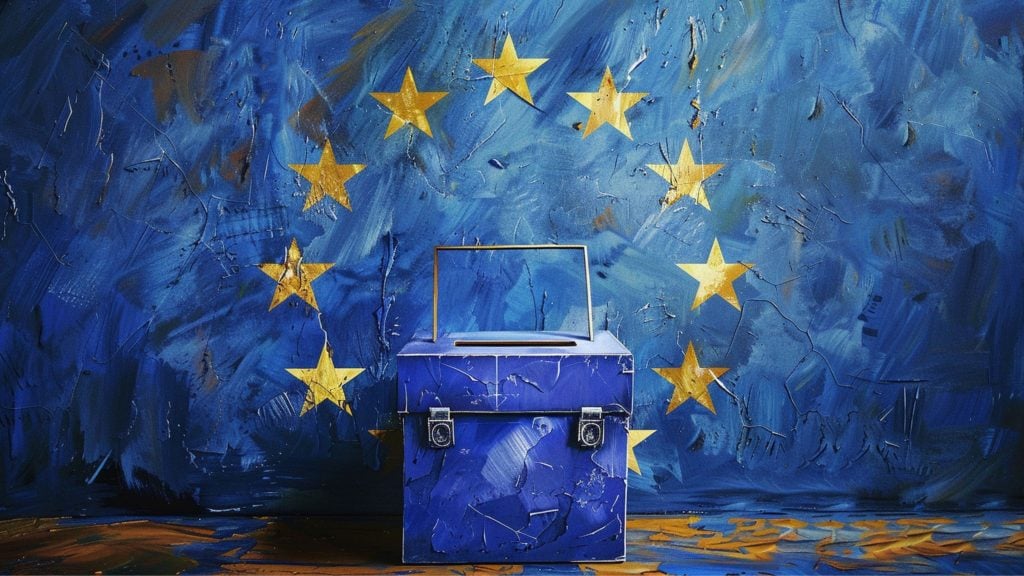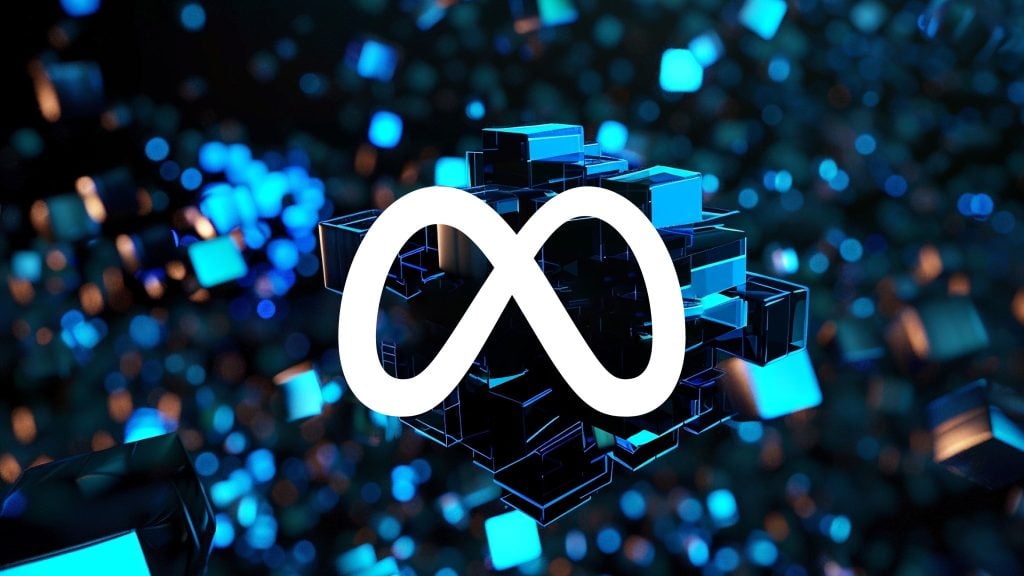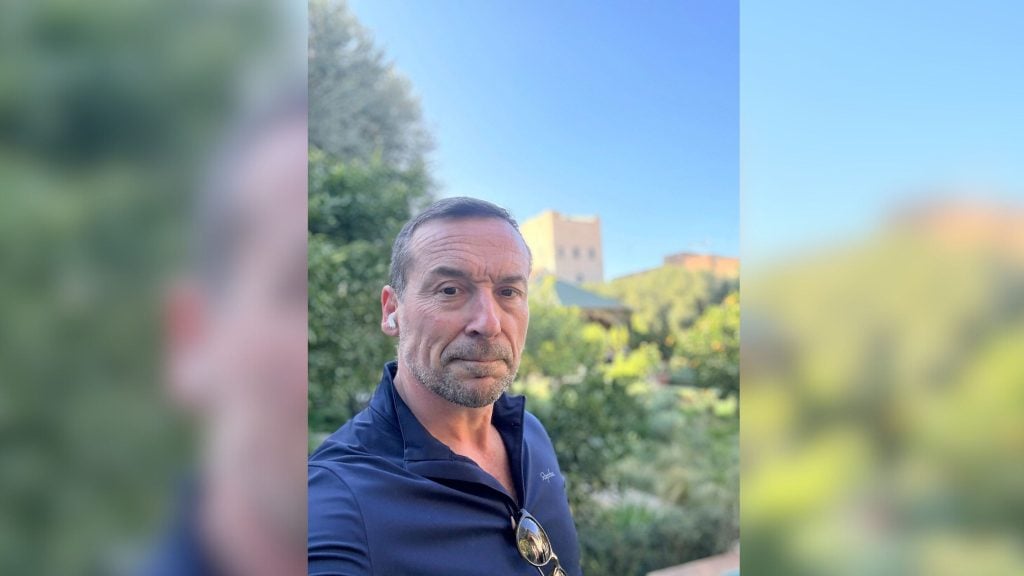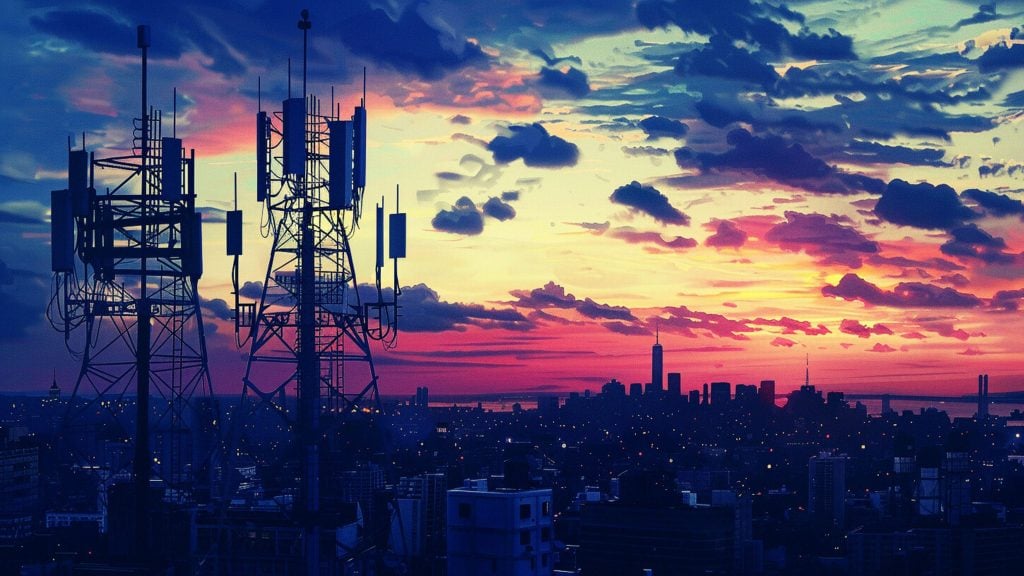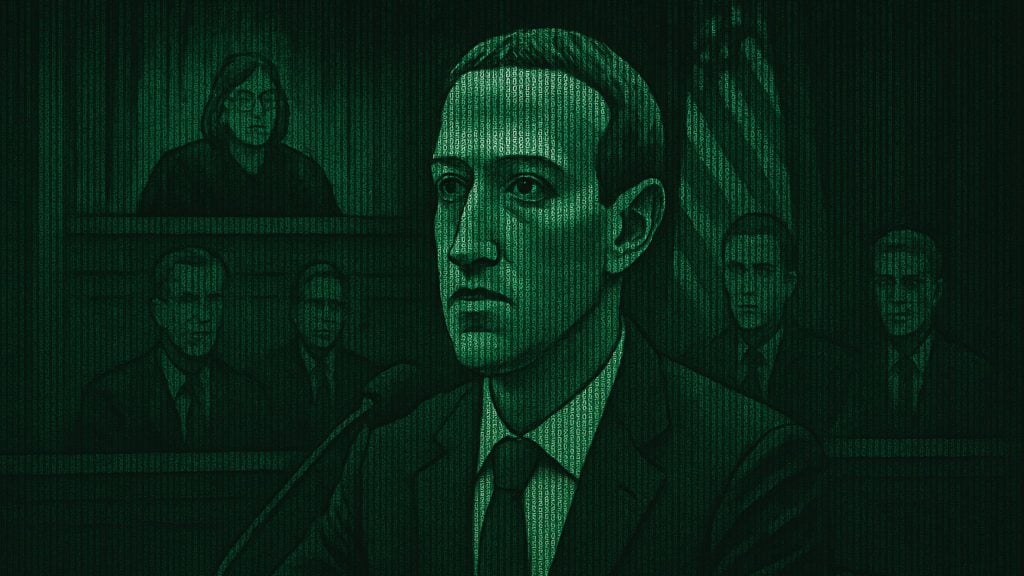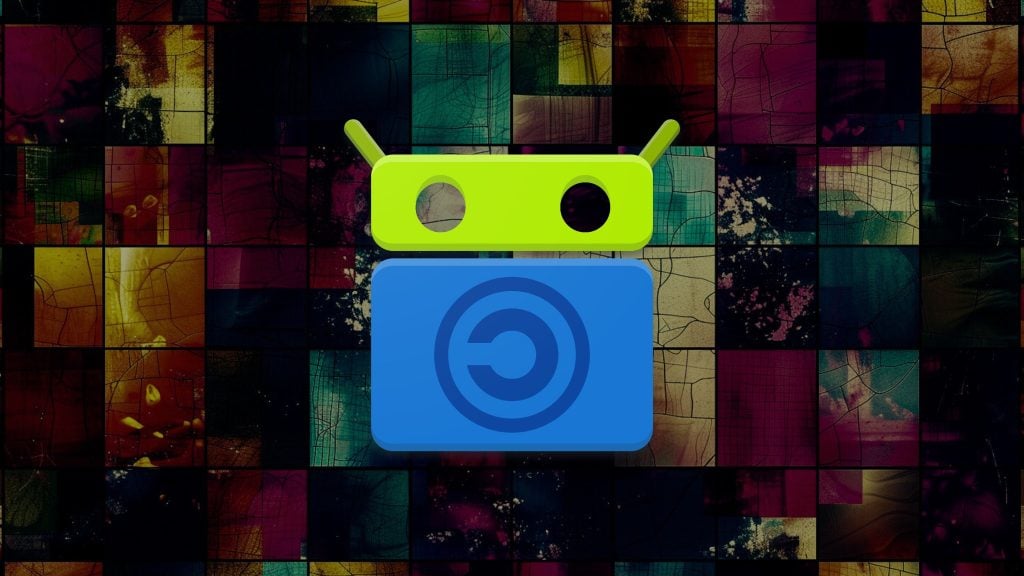Yesterday YouTube updated its community guidelines strikes system and as part of this update, it quietly prohibited all content that suggests victims of violence are making false claims, regardless of whether those claims turn out to be false.
Most people aren’t aware of this change as YouTube buried it in an announcement that mostly focused on a new warnings system for community guidelines violations and only briefly mentioned that the community guidelines documentation would also be changing. However, a comparison of the YouTube harassment and cyberbullying policy before (archive link) and after this announcement was made shows that the following item has been added to the list of community guidelines violations:
Content claiming that specific victims of public violent incidents or their next of kin are actors, or that their experiences are false
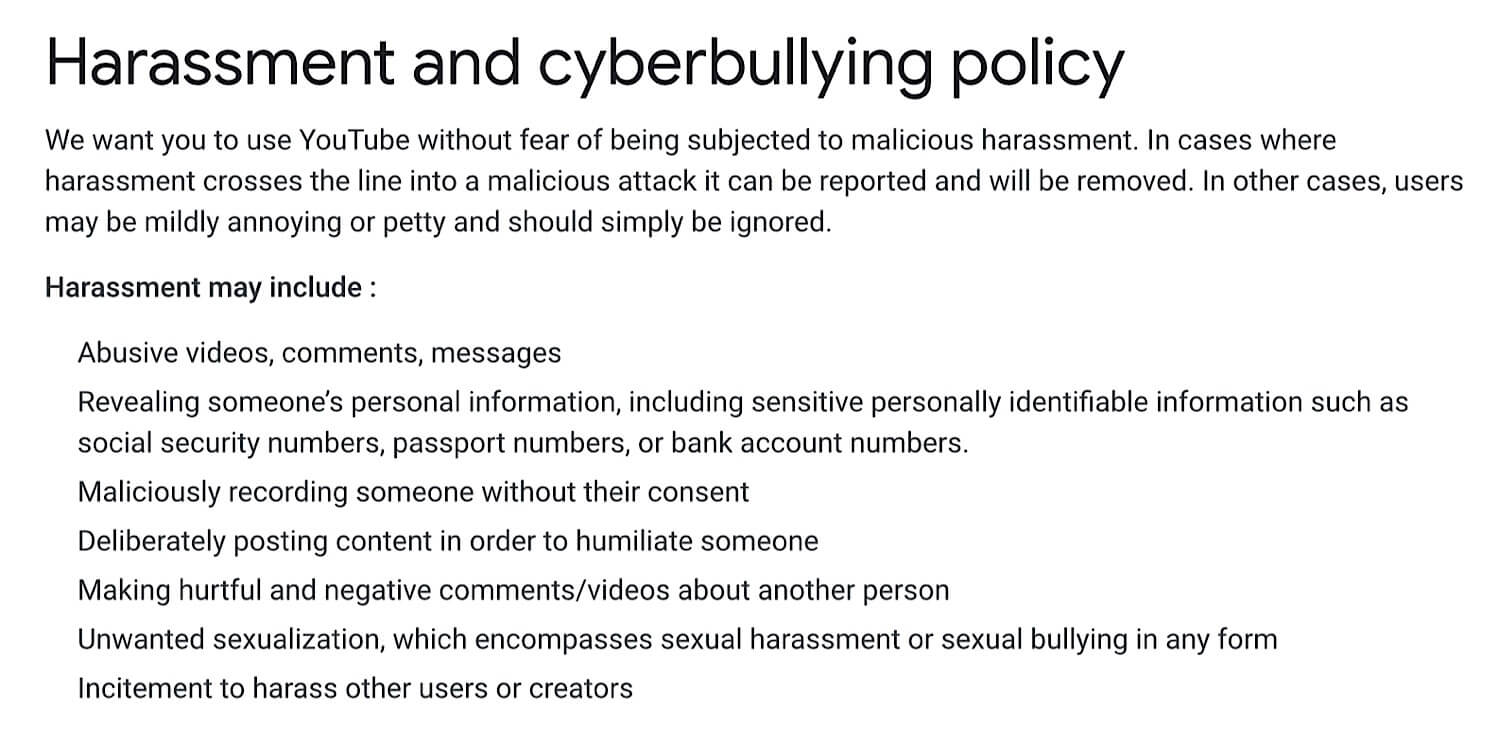
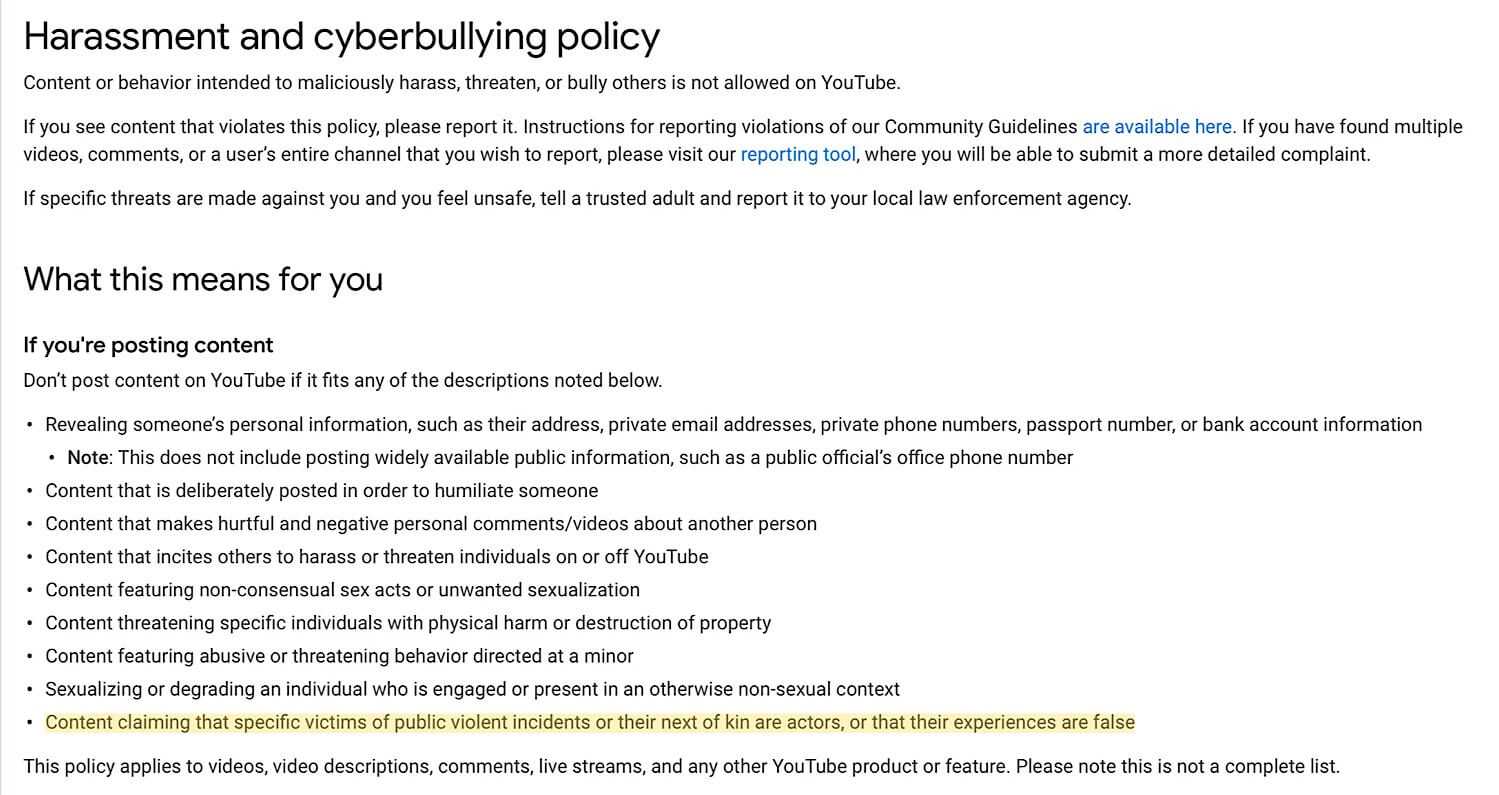
This rule contains no exceptions for reporting on factual information or pointing out questionable aspects of a person’s claims which means that when these new YouTube community guidelines go live on February 25, 2019, you will be prohibited from reporting on fake hate crime incident or any other types of fabricated crimes in any capacity on YouTube.
This an extremely worrying update considering that the new evidence coming to light in the Jussie Smollett investigation suggests that he did indeed fabricate a hate crime and that the people who doubted Smollett’s original claims were correct. Under YouTube’s new community guidelines, these people who were reporting the truth would have received a one-time warning or a community guidelines strike.
This update is also eerily similar to the rule in Facebook’s hate speech policy which prohibits:
Mocking the concept, events or victims or hate crimes even if no real person is depicted in an image
Rod Dreher recently had one of his posts temporarily blacklisted by Facebook for violating this term, so we can already see how policies that prohibit reporting on fake hate crimes often restrict the spread of truthful information.
Ultimately, this is yet another sign that YouTube wants to control and suppress information on its platform. This year it’s already changed the algorithm to suppress what it deems to be “borderline” or “conspiracy” content and announced that it may be removing the dislike button – a move that would make it easier for YouTube to hide popular content and push unpopular content.
The good news is that every time YouTube makes a change like this, it strengthens free speech focused alternatives such as BitChute. People are growing tired of YouTube’s censorship and anti-creator policies and it’s encouraging them to embrace alternative platforms.

